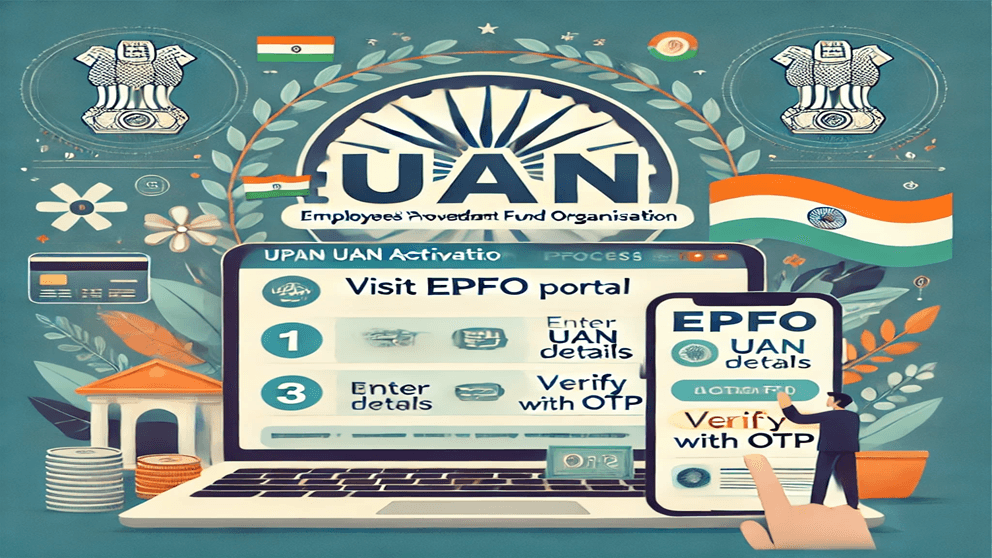
The US Visa Bulletin February 2025 is here, and it holds critical updates for those waiting for their priority dates to become current. If you’re applying for a family-based or employment-based green card, understanding these changes is essential. Meanwhile, many applicants are concerned about delays and how this affects their immigration plans. This guide breaks down the latest updates in simple terms, ensuring you’re fully informed and prepared.
What is the US Visa Bulletin?
The US Visa Bulletin, published monthly by the US Department of State, shows the availability of green card numbers for family-based and employment-based categories. It determines when applicants with approved immigrant petitions can move forward with their applications.
The bulletin includes two key charts:
- Final Action Dates (Chart A): Indicates when green cards can be issued.
- Dates for Filing (Chart B): Indicates when applicants can submit their documents to USCIS.
February 2025 Visa Bulletin: Key Highlights
Family-Based Categories (F Chart)
- F1 (Unmarried Sons/Daughters of US Citizens): The priority date for most countries remains static, causing frustration among applicants.
- F2A (Spouses and Children of Green Card Holders): Continues to remain “current” for most countries.
- F3 (Married Sons/Daughters of US Citizens): Slow movement, with minor progress for some countries.
- F4 (Siblings of US Citizens): Priority dates for India and the Philippines show minimal changes.
Employment-Based Categories (E Chart)
- EB-1 (Priority Workers): Remains current for all countries except India and China, which show slight retrogression.
- EB-2 (Advanced Degree Workers): Limited forward movement, especially for India.
- EB-3 (Skilled Workers): Continues to see demand, with minor changes for backlogged countries.
- EB-5 (Investor Visa): Regional center programs remain current for most applicants.
For detailed category-specific dates, visit the official US Visa Bulletin February 2025.
What Does the February 2025 Bulletin Mean for Applicants?
- Family-Based Applicants: Those in the F2A category can file immediately, but others may face delays, especially in F1, F3, and F4 categories.
- Employment-Based Applicants: Retrogression for India in EB-2 and EB-3 categories highlights the ongoing backlog.
- Priority Dates: If your priority date is earlier than the Final Action Date, you’re eligible to proceed with the green card process.
How to Check Your Priority Date
To check your priority date, refer to the approval notice of your immigrant petition (Form I-130 or I-140). Compare it with the Visa Bulletin charts to see if you can file or expect further delays.
Tips for Applicants Dealing with Delays
- Stay Informed: Monitor the Visa Bulletin monthly for updates.
- Contact USCIS: Use the Case Status Tool to track the status of your application.
- Consider Legal Advice: An immigration attorney can help explore alternate visa options if delays persist.
- Update Documentation: Ensure all forms, fees, and supporting documents are ready when your priority date becomes current.
Common Questions About the Visa Bulletin
Why is my priority date not moving?
Visa availability depends on annual limits, demand, and per-country caps, causing delays in certain categories.
What happens if my priority date becomes current?
You can proceed to the next step—filing your application with USCIS or attending a consular interview, depending on your location.
Who Will Benefit Most from the February 2025 Updates?
- F2A Applicants: Spouses and children of green card holders can continue filing without delays.
- Investors (EB-5): Most investors experience no backlogs, enabling faster processing.
- Applicants in Other Countries: Those not subject to country caps may experience quicker processing.
Criticism of the Visa Bulletin System
- Strengths: Transparency and predictability for applicants.
- Weaknesses: Long waiting times for applicants from countries like India, China, and the Philippines due to per-country limits.
Related Resources
Final Takeaway
The US Visa Bulletin February 2025 underscores ongoing delays in family-based and employment-based categories, particularly for applicants from highly backlogged countries. While frustration is understandable, staying informed and proactive is key to navigating the green card process.
Check your priority date now and prepare your documentation to avoid last-minute hassles. For more updates, visit the official US Visa Bulletin.




